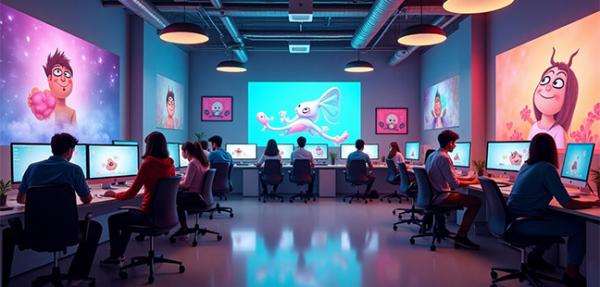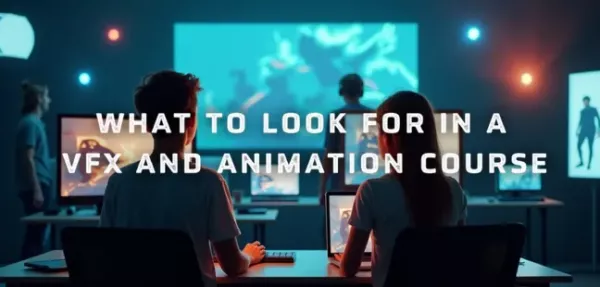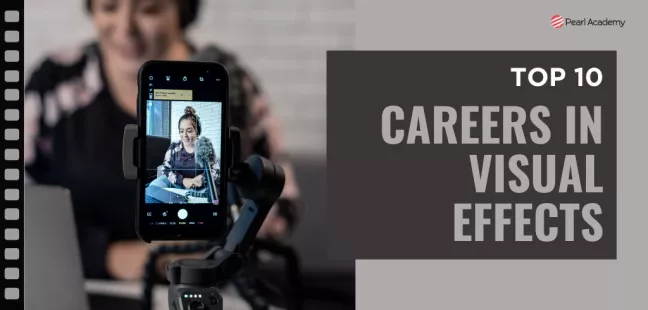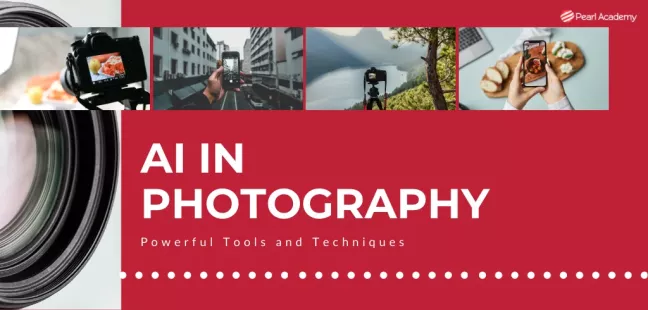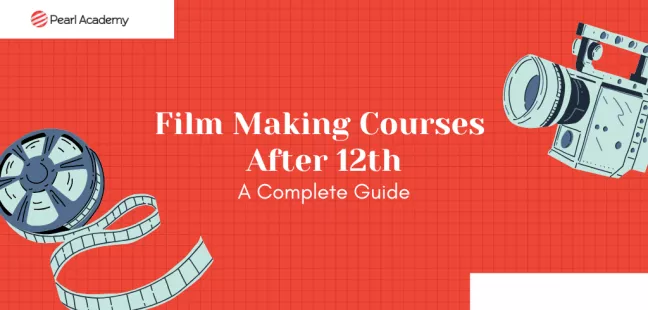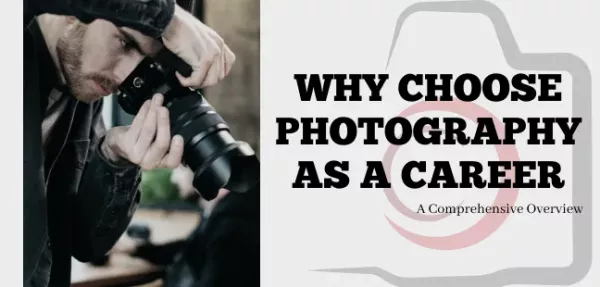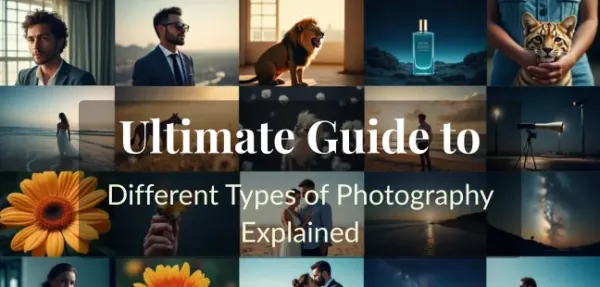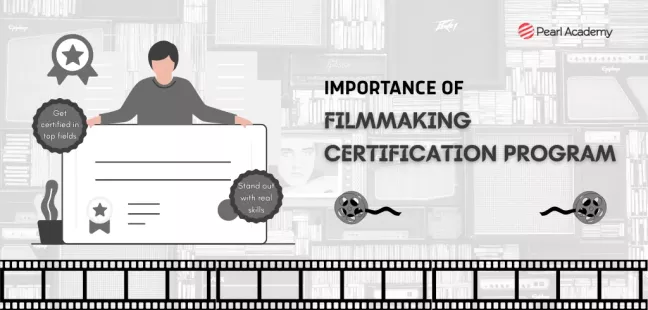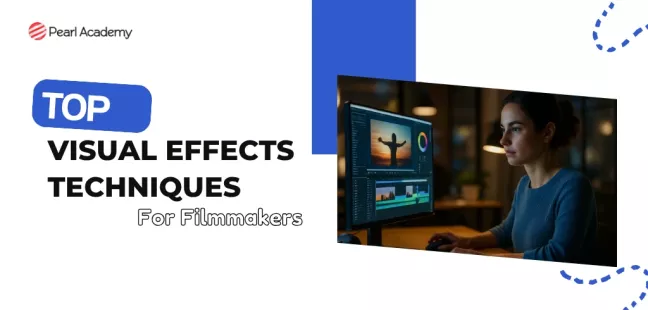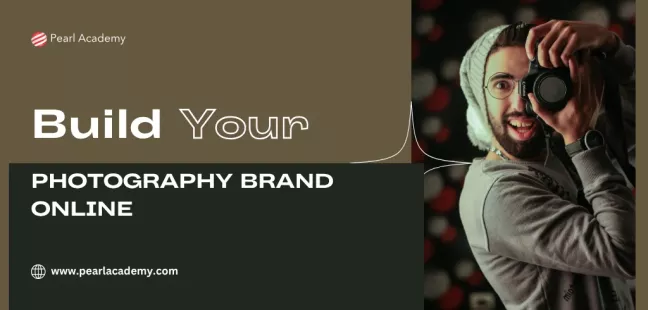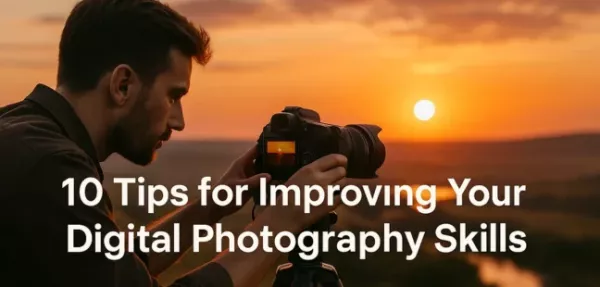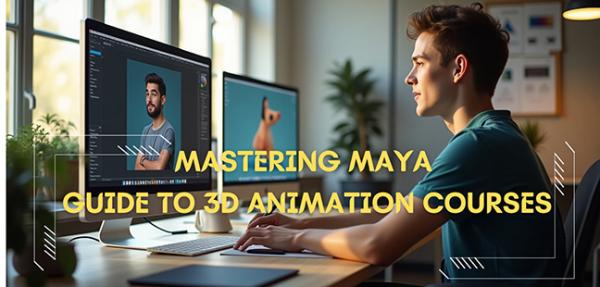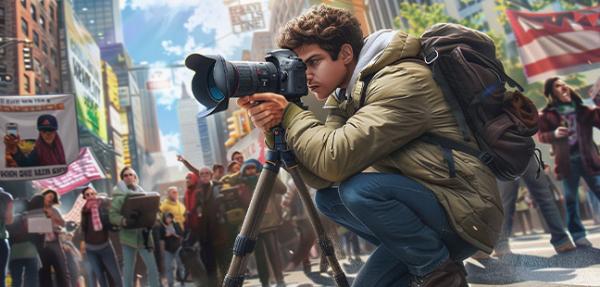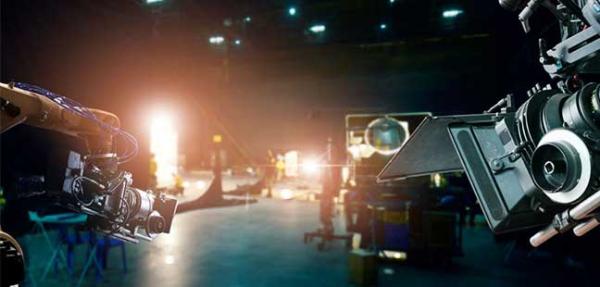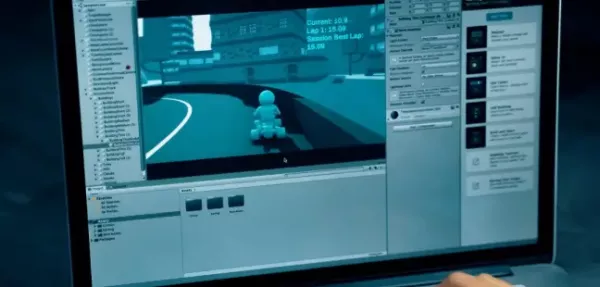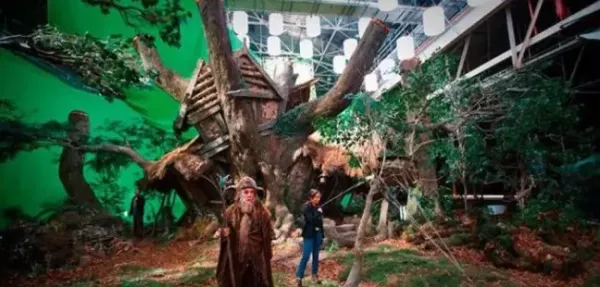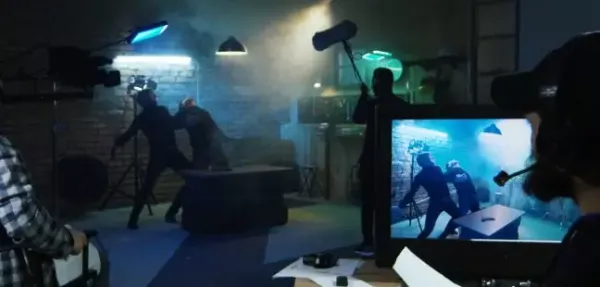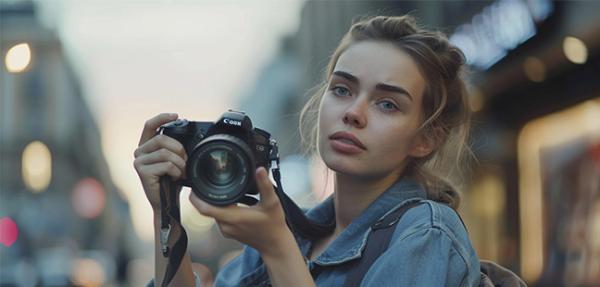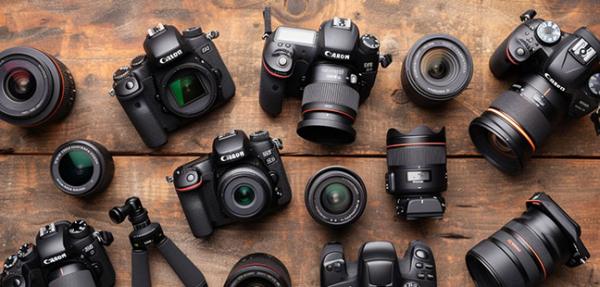Becoming a Food Photographer: Skills, Equipment, and Tips
- Editorial Team
- Published 16-Aug-2025
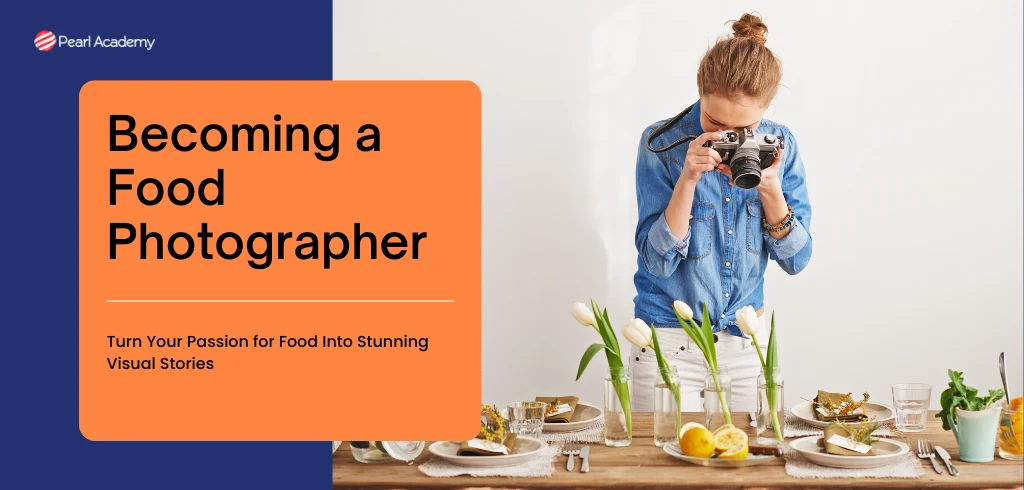
- Food Photography Ideas
- Food Photography Setup
- How to Become a Food Photographer
- How to Become a Food Photographer from Home
- Food Photographer Course
- Food Photographer Skills
- Food Photographer Responsibilities
- Specialisations in Food Photography
- Food Photographer Salary
- Fun Facts and Industry Stats
- Final Tips for the Best Food Photography
- FAQs on Becoming a Food Photographer
In an era where culinary culture is as much about visual appeal as it is about taste, food photography has evolved into a specialised creative profession. Scroll through social media and you’ll see Instagram food pictures competing for attention with dazzling plating, moody lighting, and impeccable styling. The craft goes beyond mere documentation; it is about telling a story through imagery.
Whether you aspire to excel in professional Indian food photography, focus on restaurant food photography, or dive into the vibrant world of Indian street food photography, becoming a food photographer demands a mix of artistic flair, technical expertise, and industry awareness.
Interestingly, a 2023 industry report estimated that visual content boosts online engagement by up to 80%, with food photography images being among the most shared on Instagram and Pinterest. No wonder chefs, food brands, and influencers are increasingly investing in professional food photography to stand out.
Become future-ready with our Film Programs
Know MoreFood Photography Ideas
Creative food photography thrives on diversity and experimentation. Some conceptual directions include:
- Minimalist compositions – Clean backgrounds to highlight the subject.
- Cultural spreads – Capturing cuisines like South Indian food photography with dosa, idli, sambar, and chutneys styled authentically.
- Action shots – Pouring coffee, sprinkling herbs, or slicing bread to add energy.
- Street-inspired imagery – Documenting Indian street food photography with bustling market scenes.
- Thematic setups – Seasonal produce, festive celebrations, or rustic wooden backdrops.
To become a successful photographer, it is important to experiment while keeping the foundations of food photography intact.
Food Photography Setup
A functional food photography setup blends technical precision with aesthetic sensibility.
- Camera & Lens – A DSLR or mirrorless camera with a 50mm prime or macro lens for sharp details.
- Lighting – Natural window light remains unmatched; in controlled environments, use softboxes or diffusers to mimic daylight.
- Props & Backgrounds – Plates, cutlery, textiles, and textured surfaces to create visual depth.
- Editing Tools – Lightroom and Photoshop for professional post-processing.
Choosing the right tools is crucial. The right photography equipment not only produces the best results, but also helps you improve your style and create a niche for yourself.
How to Become a Food Photographer
Becoming a food photographer involves deliberate learning and practice:
- Master photography fundamentals – Learn lighting, exposure, and composition.
- Understand food styling – Sometimes the food photographer also doubles as a food stylist, arranging dishes to look appetising.
- Build a portfolio – Curate your best work across genres such as restaurant food photography, creative food photography, and Indian food photography.
- Network in the industry – Collaborate with chefs, stylists, and brands.
- Pursue formal training – Enrol in a structured course like the Photography Certificate Course at Pearl Academy for practical exposure and mentorship.
How to Become a Food Photographer from Home
Thanks to digital platforms, you can establish yourself without a studio:
- Create a small, dedicated space with good light.
- Practise using home-cooked dishes or local takeaway meals.
- Share food pictures for Instagram consistently to build an audience.
- Offer photographer and videographer services to home-based food businesses.
Food Photographer Course
A specialised food photographer course equips you with technical, creative, and business skills, covering:
- Lighting for texture and colour accuracy.
- The principles of professional food photography.
- Post-production for best food photography quality.
- Portfolio creation for both professional Indian food photography and international projects.
Food Photographer Skills
Core food photographer skills include:
- Composition and framing.
- Understanding of colour theory and food textures.
- Mastery of camera settings for depth of field control.
- Post-processing expertise.
- Collaboration skills with chefs and food stylists.
With practise and undertaking more projects, coupled with experimentation of style, you can improve your digital skills to produce amazing photography.
Food Photographer Responsibilities
In addition to photography, responsibilities often involve:
- Food styling and prop arrangement.
- Coordinating with culinary teams for plating.
- Shooting stills and food videography.
- Editing high-resolution images for commercial use.
- Delivering content optimised for both print and digital media.
Specialisations in Food Photography
If you aspire to become a food photographer, there are many domains you can explore. Some are listed below:
- Indian Food Photography – Showcasing traditional and modern Indian dishes with cultural authenticity.
- Restaurant Food Photography – Creating compelling menu and marketing visuals.
- Indian Street Food Photography – Capturing the vibrancy, colours, and textures of street fare.
- Creative Food Photography – Using conceptual setups and props to convey a theme or mood.
- Professional Indian Food Photography – High-end shoots for advertising, cookbooks, and luxury dining brands.
Food Photographer Salary
Compensation varies based on experience, clientele, and project type:
- Entry-level: ₹3–5 LPA for small brands and cafes.
- Mid-level: ₹6–10 LPA for established restaurant collaborations.
- Top-tier: ₹12 LPA+ for commercial campaigns and best food photography projects.
Sources of Salary: Indeed, Glassdoor, PayScale
Fun Facts and Industry Stats
- The hashtag #foodphotography has over 100 million posts on Instagram.
- Research by MDPI (2022) shows that menu items with professional images increase sales by up to 30%.
- Indian street food photography trends on social media during festive seasons, often generating viral engagement.
- According to Technavio, the food photography services market is projected to grow at over 5% CAGR globally between 2023–2027.

Student Guidance Center: Our Counselors are Just a Click Away.
Final Tips for the Best Food Photography
Here are some tips and tricks to keep in mind next time you click a food pic!
- Experiment with Angles – Overhead, 45°, and eye-level shots create different narratives.
- Focus on Lighting – Lighting defines texture, colour, and appeal.
- Consistency Matters – Maintain a style for brand recognition.
- Stay Inspired – Follow best food photographers in India and abroad to stay current with trends.
Ready to master the art of food photography?
Join the Photography Certificate Course at Pearl Academy to develop advanced skills in creative food photography, restaurant food photography, and professional Indian food photography, and turn your passion into a thriving career.
FAQs on Becoming a Food Photographer
1. How do I become a food photographer in India?
Learn the basics, practise regularly, and build a portfolio. Networking and enrolling in a course like Pearl Academy’s Photography Certificate Course can accelerate your journey.
2. What is the difference between a food photographer and a food stylist?
A food photographer captures the image, while a food stylist arranges the dish to be camera-ready.
3. Which camera is best for food photography?
DSLRs and mirrorless cameras with a 50mm prime lens are preferred for professional Indian food photography.
4. How much do food photographers earn in India?
From ₹3 LPA for beginners to ₹12 LPA+ for high-end professionals; freelancers can earn more on commercial projects.
5. Can I become a food photographer from home?
Yes, set up a small studio, practise daily, and post regularly to build your profile.
6. What skills do I need for food photography?
Composition, lighting, editing, and styling skills are essential.
7. How do I make my Instagram food pictures stand out?
Use good lighting, a consistent style, and creative compositions.
8. Are there free resources to learn food photography?
Yes, but a professional course ensures industry readiness and networking opportunities.
Tags
- #Film
Pearl Admission Enquiry
Subscribe to Pearl Blogs
By clicking the "Subscribe" button, I agree and accept the privacy policy of Pearl Academy.









